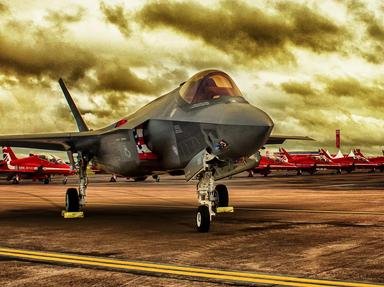
A Rating at the Futtocks Trivia Quiz
Historic Royal Navy Terms
So, you're a Rating at the Futtocks. How would you have survived in the Napoleonic War-era British Royal Navy? Could you have avoided the Lubber's Hole, or a flogging round the fleet for shot rolling? If this isn't gibberish to you, this is your quiz!
A matching quiz
by lordprescott.
Estimated time: 3 mins.
- Home
- »
- Quizzes
- »
- World Trivia
- »
- U.K. Military
- »
- Royal Navy